You can fully control what is being plotted using coefplot by adding the point-estimates and standard errors to their respective matrices. Here's an example where I iterately add the information I would like to plot to the matrices B and V. The labels for each coefficient contains some text, the point-estimate and the confidence intervals:
local group_age65l_label = "Age < 65"
local group_age65u_label = "Age >= 65"
local group_male_label = "Male"
local group_female_label = "Female"
matrix B = J(1,1,.)
matrix V = J(1,1,.)
local coeflabl_ = ""
local counter = 1
foreach var in group_age65l group_age65u group_male group_female {
display "`var'"
meologit mrs3 i.expos if `var' || megroup:, or
matrix res = r(table)'
matrix res = (res[2,1],res[2,4..6])
local tmplab ="c`counter' = ?``var'_label' " + string(res[1,1],"%12.2f") + " (" + string(res[1,3],"%12.2f") + ";" + string(res[1,4],"%12.2f") + ") ?"
local coeflabl_ = "`coeflabl_' `tmplab'"
matrix b = e(b)[1,2]
matrix v = e(V)[2,2]
matrix colname b = c`counter'
matrix colname v = c`counter'
matrix rowname v = c`counter'
matrix zero = J(rowsof(V),1,0)
matrix colnames zero = `: colnames v'
matrix V = V , zero \ zero' , v
matrix B = B , b
local counter = 1 + `counter'
}
matrix B = B[1,2...]
matrix V = V[2...,2...]
ereturn post B V
global coeflabl_ = subinstr("`coeflabl_'","?",`"""',.)
coefplot, drop(_cons) xline(1) legend(off) format(%9.2g) scheme(sj) graphregion(color(white)) msymbol(D) msize(*0.5) mfcolor(white) mcolor(black) ciopts(lwidth(*0.5) lcolor(black)) ///
coeflabels(${coeflabl_}, labsize(tiny) labgap(0)) yscale(range(0.39 1.60)) eform ///
title("Odds ratio for shift in mRS at 90 days" "(RIC vs Sham-RIC)", size(small)) ///
headings(c1 = "{bf: Age }" c3 = "{bf: Sex }")




